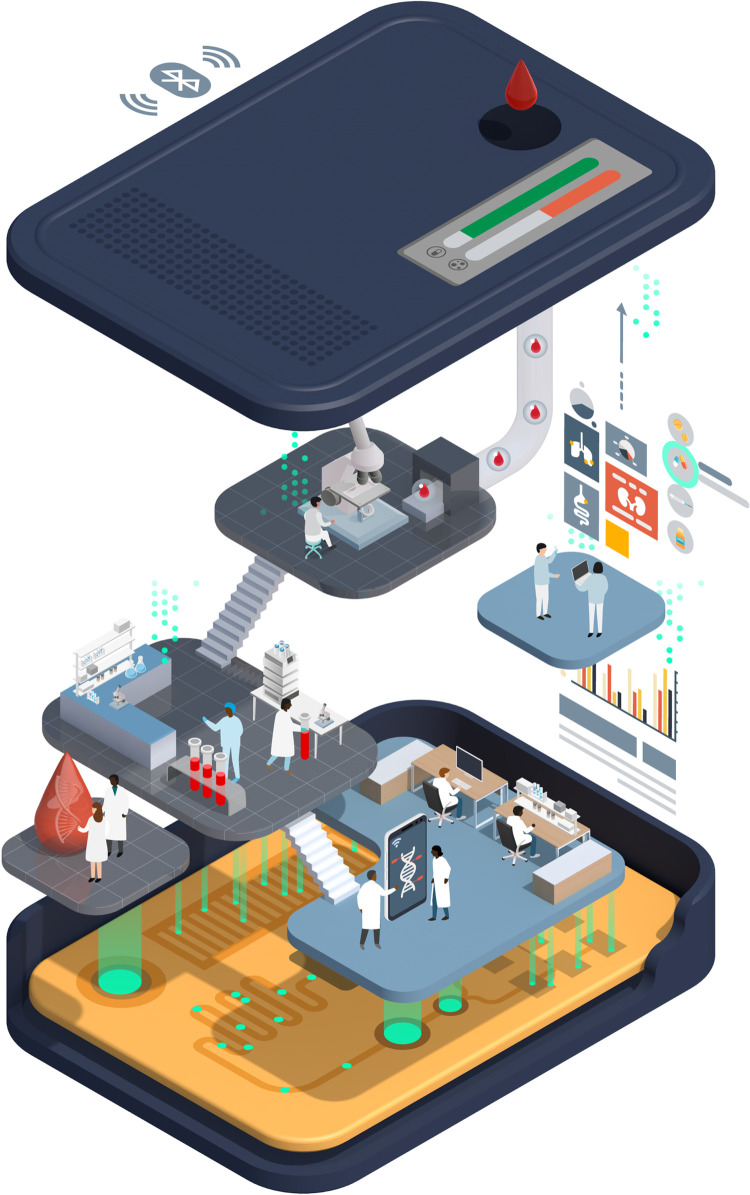Fig 1. What is a digital molecular diagnostic?
Throughout this article, the term “digital molecular diagnostic” describes a small electronic device, providing a sample-to-answer solution to a diagnostic problem, in a portable, easy-to-use, robust, and cheap format. Any processing of a biological sample would ideally be integrated into the device, before allowing quantitative detection of the molecules used to make the diagnosis. The molecules detected are typically nucleic acids (DNA or RNA), but could also include proteins, or small chemical molecules. Such digital diagnostics will often use lab-on-chip technology, with their defining features being the generation, processing, and storage of data. Signals from the detection of molecules undergo processing within the device, so that actionable results are reported to the user without the need for further analysis. Results may be displayed on the device itself, or linked to other interfaces such as smartphones, and decision support may be integrated. Quantitative data generated by the device can be easily and immediately transmitted to facilitate patient care and contribute to disease surveillance.

